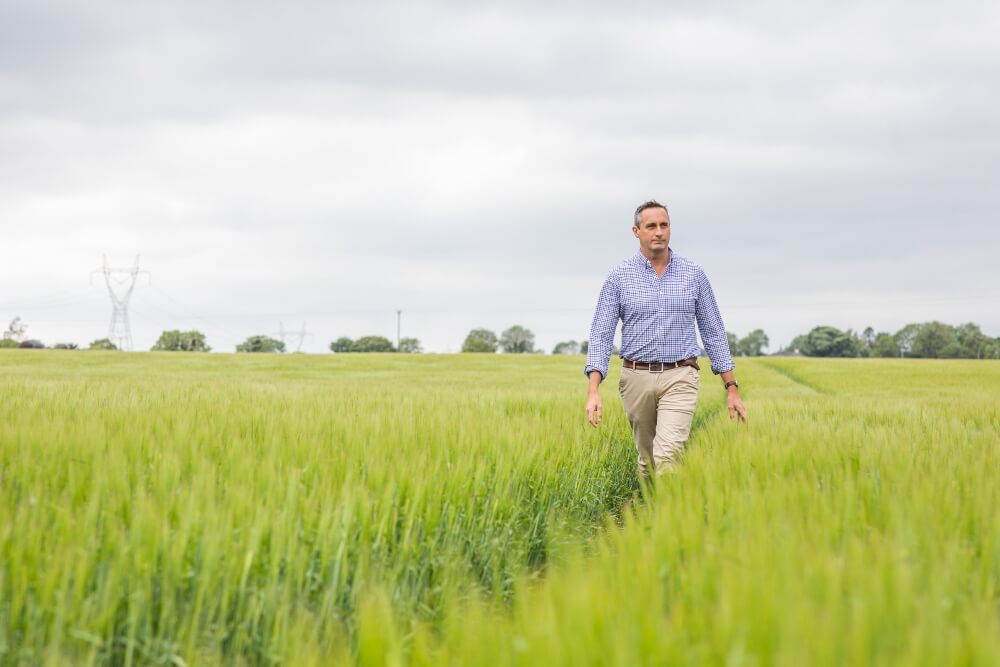Despite global volatility, the Irish manufacturing sector is steaming ahead says Conor Magee, head of Manufacturing Sector at Bank of Ireland.
Ireland’s manufacturing sector has delivered a robust performance in the first half of 2025, defying global trade headwinds and geopolitical instability, according to Bank of Ireland’s latest sectoral insights.
Driven by a surge in pharmaceutical exports to the United States, Irish manufacturing output rose 27% year-on-year, with the modern sector contributing a 32% increase. Traditional manufacturing remained flat. The spike in exports – up 43% overall and 126% to the US – was largely attributed to stockpiling ahead of anticipated tariff hikes.
“Irish manufacturing has proven its resilience through Brexit, Covid-19 and global conflicts. With a focus on costs, margins and sustainability, the sector is well positioned for continued growth”
“Pharma exports in Q1 reached €39 billion, nearly five times the value recorded in the same period last year,” said Conor Magee, head of Manufacturing at Bank of Ireland. “This frontrunning activity has significantly boosted GDP, with Ireland contributing nearly half of the EU’s Q1 growth.”
There may be trouble ahead
Ireland’s Purchasing Managers’ Index (PMI) averaged 52.5 in H1, outperforming the EU’s 48.6. Corporation tax receipts from manufacturing rose 14.1% year-on-year, underscoring the sector’s fiscal contribution.
However, Magee cautioned that the second half of the year may see adjustments. “Employment remains strong, but as inventory building normalises, we expect recruitment to slow in certain areas,” he said.
The US tariff environment has become increasingly volatile. Following a July executive order, a 15% ceiling now applies to most EU goods, with an effective rate of 18.6%—the highest since 1934. Ireland’s exports face a weighted average tariff of 2.7%, thanks to exemptions for pharmaceuticals and semiconductors. Yet, Magee warned that negotiations remain fragile.
“If the threatened 30% tariffs materialise, EU-US trade could grind to a halt in several sectors,” he said. “Relocation of operations to the US is not a quick fix. Our FDI partners are deeply embedded here, and any move would require years of planning and regulatory approvals.”
Despite elevated input costs—natural gas prices remain nearly triple pre-Covid levels—manufacturers are focusing on cost and margin management. Freight costs are also significantly higher, adding pressure to supply chains already strained by conflicts in Ukraine and the Middle East.
On the ESG front, Ireland is falling short of its climate targets. Emissions reductions are projected at 23% by 2030, well below the 51% goal, potentially exposing the country to penalties of up to €28 billion. Nonetheless, companies are quietly advancing decarbonisation efforts. According to PwC, 37% of firms have become more ambitious in their climate goals, despite the broader trend of “greenhushing.”
Funding activity in the sector reflects cautious optimism. Deposit balances are up, and M&A volumes rose 18% year-on-year in H1. Demand for funding has increased modestly, with Bank of Ireland supporting clients through stocking loans and flexible investment models.
Looking ahead, Magee remains optimistic. “Irish manufacturing has proven its resilience through Brexit, Covid-19 and global conflicts. With a focus on costs, margins and sustainability, the sector is well positioned for continued growth.”
-
Bank of Ireland is welcoming new customers every day – funding investments, working capital and expansions across multiple sectors. To learn more, click here
-
For support in challenging times, click here
-
Listen to the ThinkBusiness Podcast for business insights and inspiration. All episodes are here. You can also listen to the Podcast on:
-
Spotify
-
SoundCloud
-
Apple






